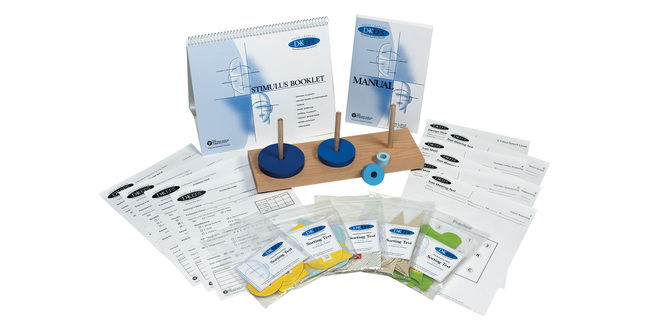The Delis-Kaplan Executive Function System™ (D-KEFS™) is the first nationally standardised set of tests to evaluate higher level cognitive functions in both children and adults. Guidance on using this test in your telepractice
D-KEFS Advanced is a new all digital version of D-KEFS coming in 2025. Sign up to stay informed!
D-KEFS Advanced is a new all digital version of D-KEFS coming in 2025. Sign up to stay informed!
D-KEFS Advanced is a new all digital version of D-KEFS coming in 2025. Sign up to stay informed!
Delis-Kaplan Executive Function System
D-KEFS
The Delis-Kaplan Executive Function System™ (D-KEFS™) is the first nationally standardised set of tests to evaluate higher level cognitive functions in both children and adults. Guidance on using this test in your telepracticeD-KEFS Advanced is a new all digital version of D-KEFS coming in 2025. Sign up to stay informed!
‹ View all tests and materials
DKEFS Q-global Stimulus Book (Digital)
9780749183301
Qualification Level
C
Once ordered, the digital asset is accessible by logging into Q-global and visiting the Q-global Resource Library. It is a view-only digital file.
£295.10
